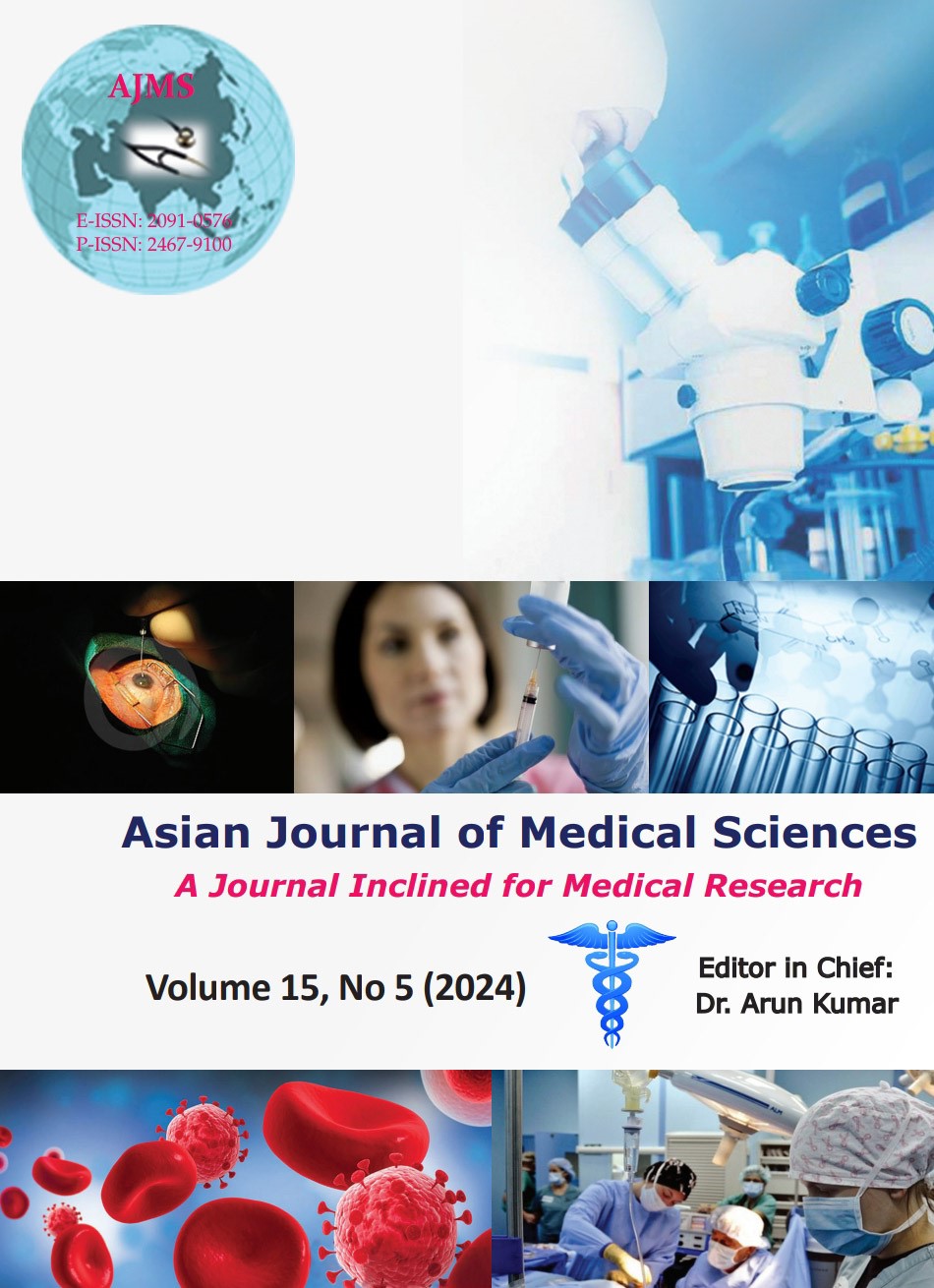A cross-sectional study on adherence to antiretroviral therapy among HIV-infected pediatric patients attending medical college and hospital, Kolkata
Keywords:
Anti-retroviral therapy; HIV; Pediatric patientsAbstract
Background: HIV infection is a serious lifelong health risk, leading to increased illness and death. In children, adhering to antiretroviral therapy (ART) is crucial to reduce these harmful effects. Yet, due to the challenges of pediatric patients and the social issues related to HIV, sticking to ART can be difficult in this group.
Aims and Objectives: The study was conducted to evaluate the adherence of pediatric patients to their daily ART dosages. We also tried to understand the causes that led to the failure to follow the scheduled dosages and evaluate how these factors affected our study population.
Materials and Methods: We examined the adherence to ART in 49 patients, aged 2–15, who had been on ART for at least 12 months. They visited the ART center at Medical College and Hospital, Kolkata, between August 01 and September 30, 2022. Ethical clearance was granted by the Institution’s Ethics Committee. The participants were chosen through systematic random sampling. We collected data through interviews and chart reviews and analyzed it using SPSS version 19.
Results: Out of the 49 participants, 34 (69.38%) adhered to ART in the preceding month. For the non-adherent patients (n=15), the main reasons included conflicting ART dosage timing with school hours and children falling asleep at dosing time. Most (53.1%) were in the 5–10 age groups, with 93.88% in WHO Stage 1 of the disease and 6.12% in Stage II. In 77.6% of cases, mothers were the primary caregivers, and 79.6% of caregivers were HIV positive. Many children (71.43%) were unaware of their disease. Out of the 31 children whose disease status was known to others, grandparents of 23 and siblings of 12 were aware. Six of these children faced stigma from relatives and neighbors. ART adherence was significantly associated (P<0.05) with the caregiver’s occupation (P=0.006), the child’s age when starting ART (P=0.001), parents’ AIDS-related deaths (P=0.003), and travel time to the ART center from home (P<0.02).
Conclusion: Although most children adhered to their ART regimen, there is room for improvement. Caregivers, especially for younger children, play a crucial role. Empathetic education for caregivers and children, tailored to their age, along with regular adherence checks, can enhance medication adherence significantly.
Downloads
Downloads
Published
How to Cite
Issue
Section
License
Copyright (c) 2024 Asian Journal of Medical Sciences

This work is licensed under a Creative Commons Attribution-NonCommercial 4.0 International License.
Authors who publish with this journal agree to the following terms:
- The journal holds copyright and publishes the work under a Creative Commons CC-BY-NC license that permits use, distribution and reprduction in any medium, provided the original work is properly cited and is not used for commercial purposes. The journal should be recognised as the original publisher of this work.
- Authors are able to enter into separate, additional contractual arrangements for the non-exclusive distribution of the journal's published version of the work (e.g., post it to an institutional repository or publish it in a book), with an acknowledgement of its initial publication in this journal.
- Authors are permitted and encouraged to post their work online (e.g., in institutional repositories or on their website) prior to and during the submission process, as it can lead to productive exchanges, as well as earlier and greater citation of published work (See The Effect of Open Access).




